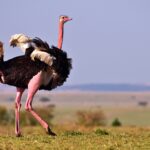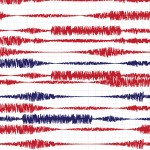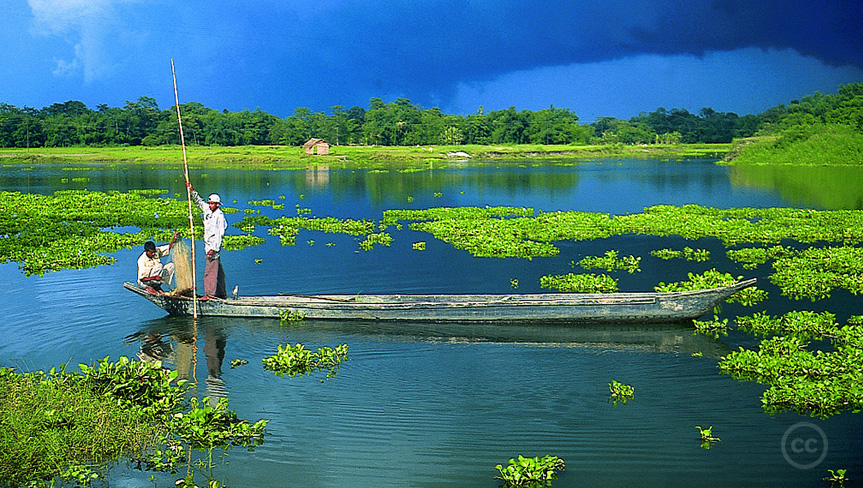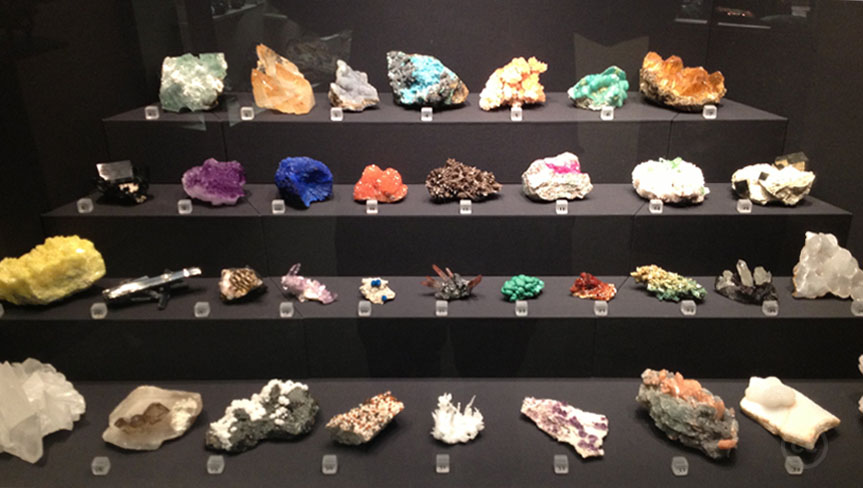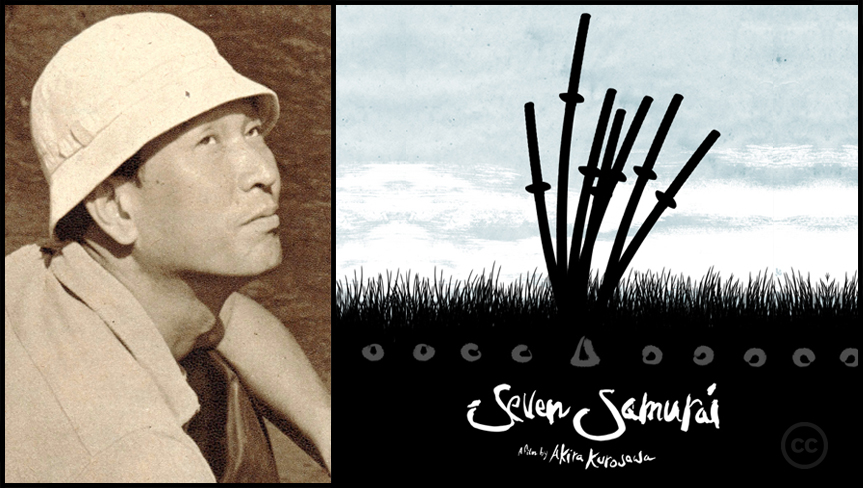Majuli (pronounced as mazuli) in Assam is a river island on the Brahmaputra. Spread in around 400 sq. km, Majuli stands as the world’s largest river island.
Somewhere during the 17th century, a devastating flood that lasted for 15 long days split the rivers in two – the Brahmaputra on the north and Burhidihing on the south. The gap between the two rivers gave rise to a majuli (the Assamese word for river island), which eventually became the Island’s name. As years passed by, the northern channel withered, and Burhidihing came to be known as the ‘mighty’ Brahmaputra.
Majuli, at the time of its birth, spread a little over 1,200 sq. km, but eventually lost one-third to erosion and the growth of the river. Yet, in the year 2016, the Guinness World Records recognized the river island as the world’s largest. Following this, Majuli was declared a district. Its location has also made it a sanctuary for migratory birds. This includes the critically endangered species such as the Siberian crane and the greater adjutant. One can also find here the world-famous Molai forest – over 1,300 acres of trees single-handedly planted by Jadav Payeng, an environmental activist from Assam. Today, Molai forest shelters Bengal tigers, one-horned rhinoceros, deer, etc.
Most importantly, Majuli is regarded as the birthplace of Assamese culture. It was here that the revered saint Srimanta Sankardeva (1449–1568) gave rise to Neo-Vaishnavite culture, better known as Ekasarana Dharma. A major proponent of the Bhakti movement in Assam, he also developed various forms of art and literature to make people understand Ekasarana Dharma better. Further, he established satras (monasteries) to propagate the movement’s ethics and ideals. The island alone had 65 satras, of which only twenty-two remain.
A place of rich ecological and cultural importance, Majuli, India’s first island district, is on its way to become a UNESCO World Heritage Site.


